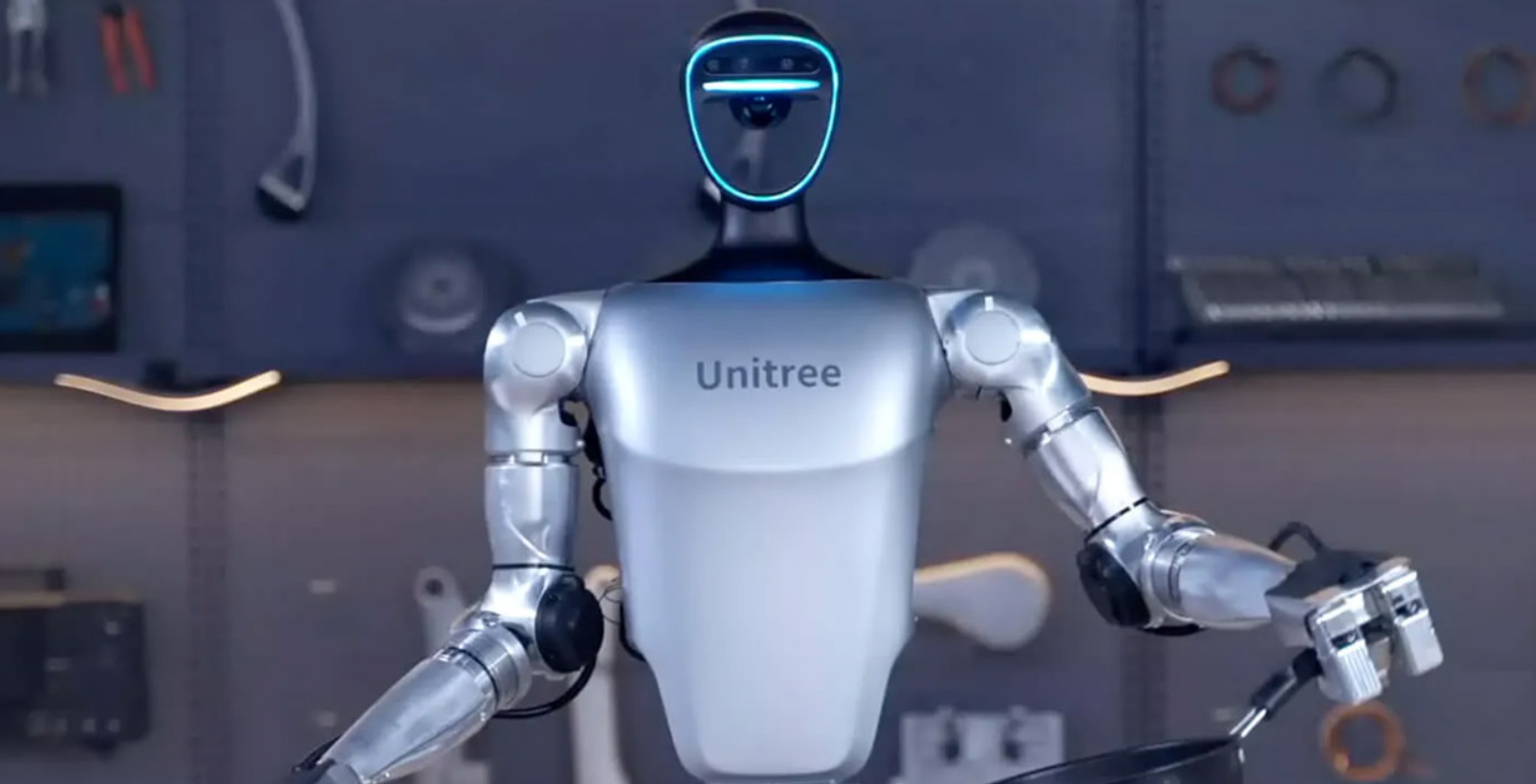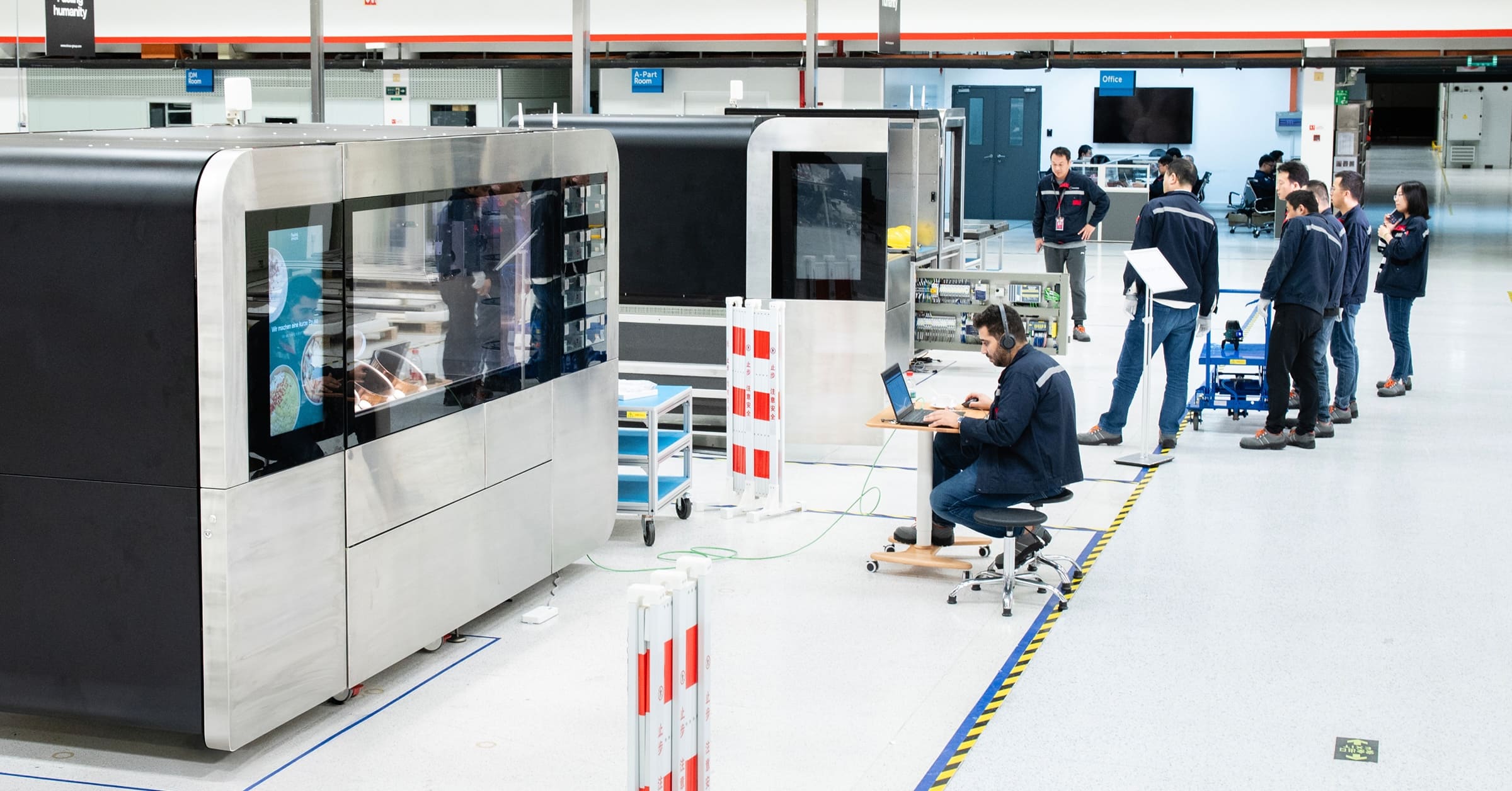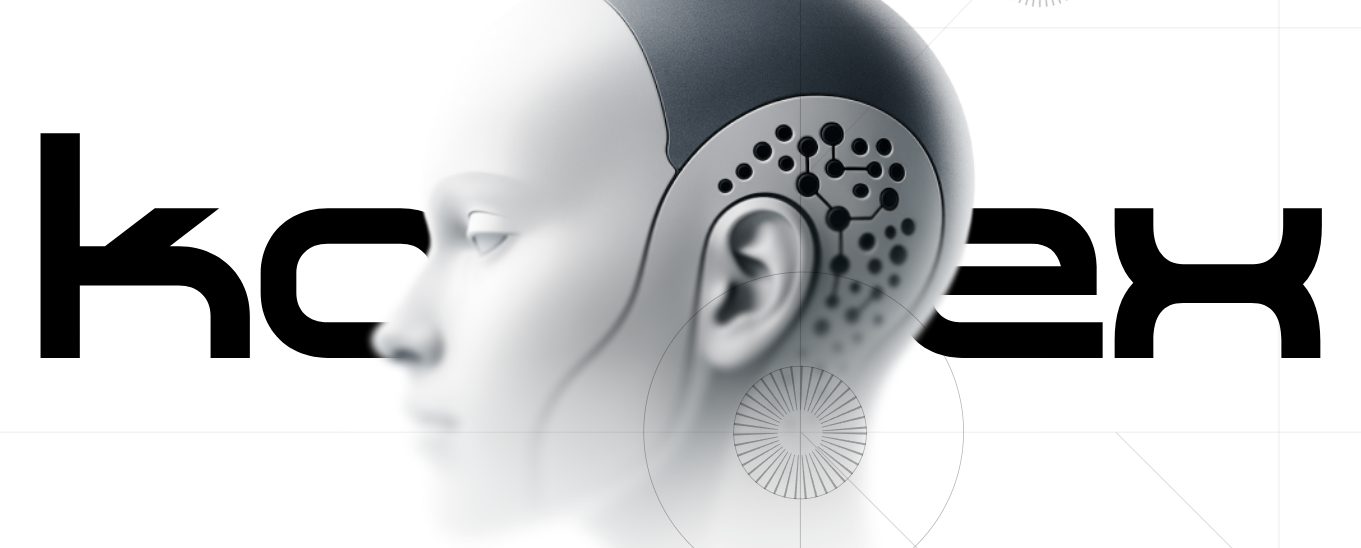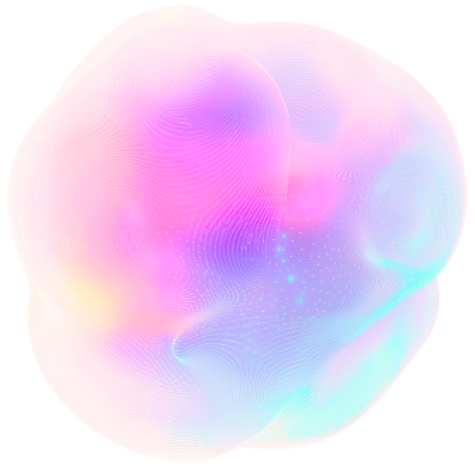New milestones in mobility and agility have been set by two companies, Unitree and Boston Dynamics, with their robotic humanoids, recently highlighted by CNET. The all-electric Atlas by Unitree and Boston Dynamics exhibits hypermobility — concepts poised to revolutionize how human robots can be designed and operationalized.
The Unitree G1, a compact yet powerful robot standing at 4’2″ and weighing just over 100 lbs, has captured attention with its remarkable capabilities. While Boston Dynamics worked on its spot robot, Unitree developed its four-legged counterparts, like the B2 and the more affordable Go1.
As per CNET’s film, the G1 robot is shown performing various tasks such as getting punched and remaining upright, cracking walnuts, opening a soda bottle, soldering, and demonstrating its range of movements. Unitree, a long-time competitor to Boston Dynamics, has been developing both two-legged and four-legged robots for several years.
Not to be outdone, Boston Dynamics has unveiled its new all-electric Atlas, a step toward the commercialization of its humanoid robot technology. Boston Dynamics has said its “new electric Atlas is a step toward the commercialization of its humanoid robot technology,” Although details are scarce, the company promises a stronger robot with a greater range of motion and new grippers.
The pursuit of hypermobility in humanoid robotics could stem from companies’ efforts to differentiate themselves or from the public’s desire for something beyond the typical robot dancing videos.
As robots with advanced mobility capabilities become more prevalent, questions about their implications and potential limitations arise. There is ongoing debate about whether restrictions should be placed on what humanoid robots can do and how they can be utilized.
The Unitree G1 and Boston Dynamics Atlas represent a significant stride in humanoid robotics, showcasing hypermobility that could reshape how these machines are developed and utilized across various industries. As this technology advances, it will be crucial to consider the ethical and practical implications to ensure responsible innovation.
Featured image: Credit: Unitree






